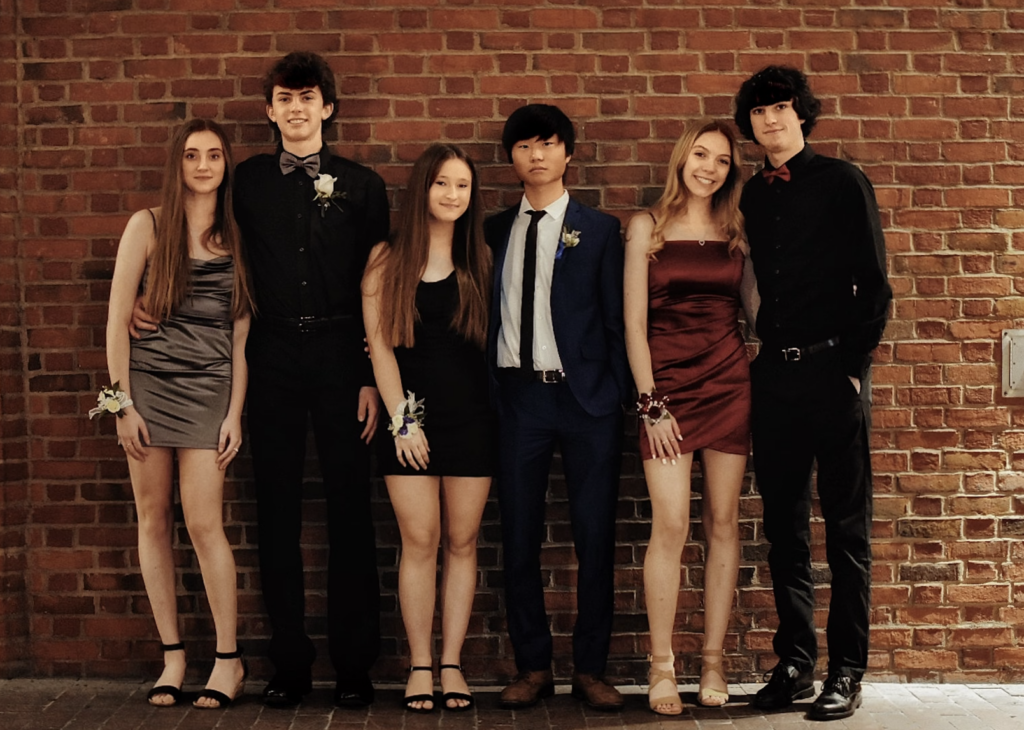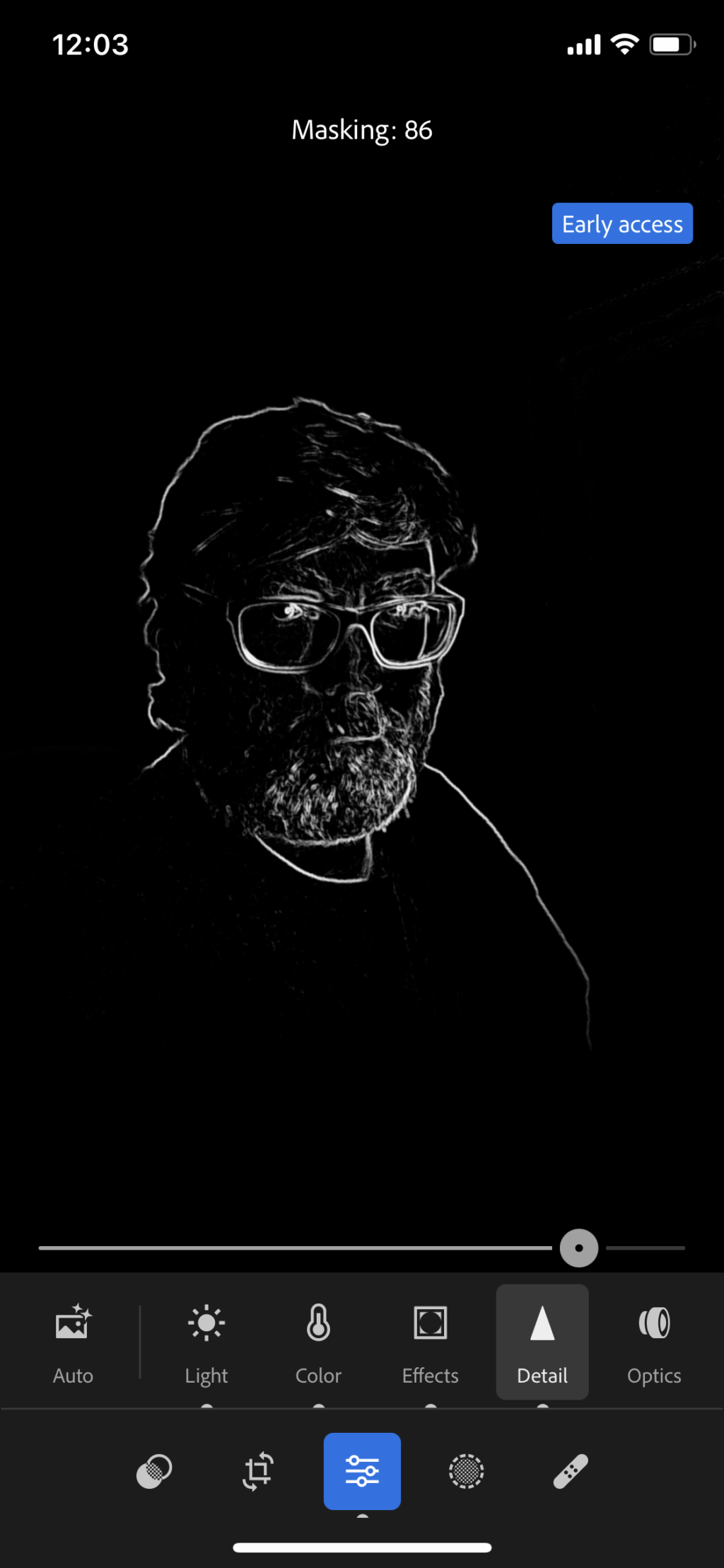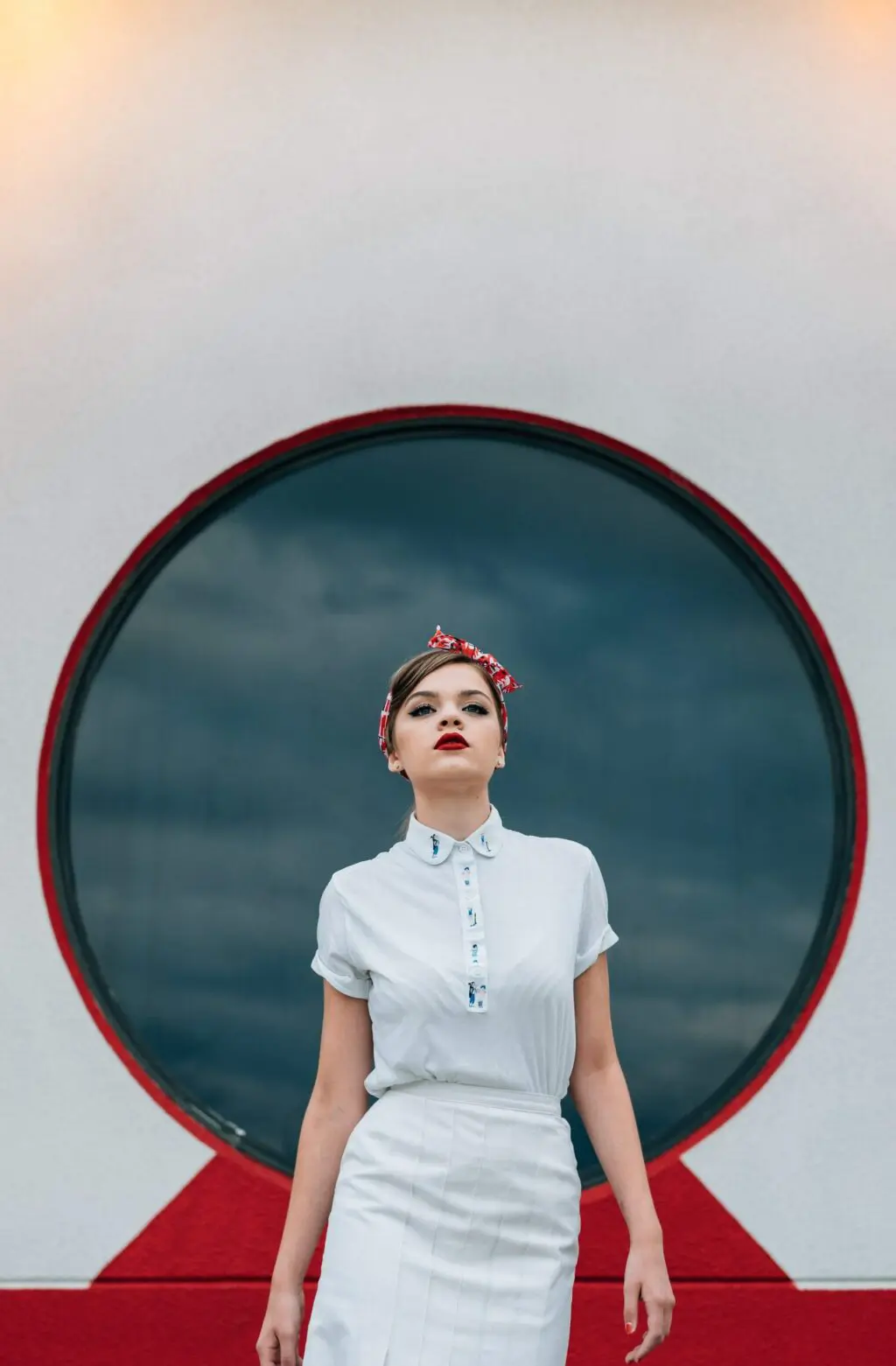A good portrait draws the viewer in to the subject, creating a connection between the two. It should provoke thought and intrigue, making you wonder what the subject is thinking at the time the shot was taken. If there is one part of the face that can communicate this the most, it is the eyes. Beautiful, sharply focused eyes grab your attention and hold it there, they can make or break a portrait, but there is an art to getting pin sharp eyes, a lot of it in the technique used to take the shot, some of it in the post-production. Let's take a look at what we can do to get those eyes sharp.

Getting it Right in Camera
The fact is that no amount of post production will improve eyes if they are not sharp and clear in the first place. Although you can use any virtually any lens to take a portrait, it is commonly regarded that a focal length of 80-85mm (on full frame cameras) gives the most flattering perspective. These lenses gives a sense of depth to the face and allow us to use their naturally shallow depth of field to draw our attention to the eyes.
Of course focusing is the most important aspect of using any lens and whether you are using manual or autofocus you need to make sure you are focusing on the eye itself. Many portrait photographers will set their cameras to single point focus so that they can quickly aim that point on one of the eyes and get sharp focus, then whilst holding the shutter button half down, they recompose the image. This maintains the focus on the eyes. Even using manual focus, a single focus point will aid the photographer in knowing when perfect focus is achieved. Avoid using area focus modes, these will not always focus directly on the eyes.
Be careful when composing a shot where the subject is not straight onto the camera. With a shallow depth of field you may well find that one eye is in focus the other is out. In this case you may well need to stop the aperture down a little to maintain sharp focus on both.
When using super fast portrait lenses, some have maximum apertures of f1.2 stop down a little. No lens is at its optimum sharpness at the widest aperture but coming down one stop can significantly improve sharpness.
Shooting technique is also vital. In outdoor shooting or when using continuous light indoors make sure you have a high enough shutter speed to avoid camera shake, typically for an 85mm lens you will need to use a minimum of 1/125th second. Under flash conditions make sure the shutter speed is high enough to avoid any ambient light seeping in. The ambient light, if the shutter speed is fairly low, can reduce the sharpness of the image.
Another way to increase the perception of sharpness is to introduce subtle key lights into the eye. This draws the viewer to the eyes and adds a sense of life to the subject. The contrast between the bright key lights and the darker pupil gives an impression of increased sharpness.
Post Production
Whilst you might be tempted to sharpen an image overall, for portraits, this is not always the best policy. When you sharpen, you will be highlighting any blemishes in the subjects skin, potentially drawing your attention away from the eyes. A better technique is to use selective sharpening, working only on the eyes themselves.
In Lightroom you can use the Adjustment Brush to paint over the eye area and make corrections. Don’t get hung up on only trying to sharpen the eye, increasing contrast and saturation can also be used to increase the perception of sharpness. Experiment with all three to make the eyes really pop out. You can also use a second adjustment brush to increase the whiteness of the eyes.
In Photoshop, there are a number of options to improve the look, most involve creating a duplicate layer to work on then using a using various Photoshop tools to improve the look. Perhaps the easiest way to improve the sharpness of the eyes is simply to use a feathered lasso tool to draw around the eye area then use the unsharp mask to add punch. Like Lightroom you can also use this technique to increase contrast and saturation as well but be careful not to overdo it.
Getting the eyes to pop in a portrait is not difficult if you follow these few basic rules. The end result however can transform a portrait from the mundane to the engaging.





1 Comment
Back button focus. You get the focus locked in then compose the shot without having to hold buttons down halfway.